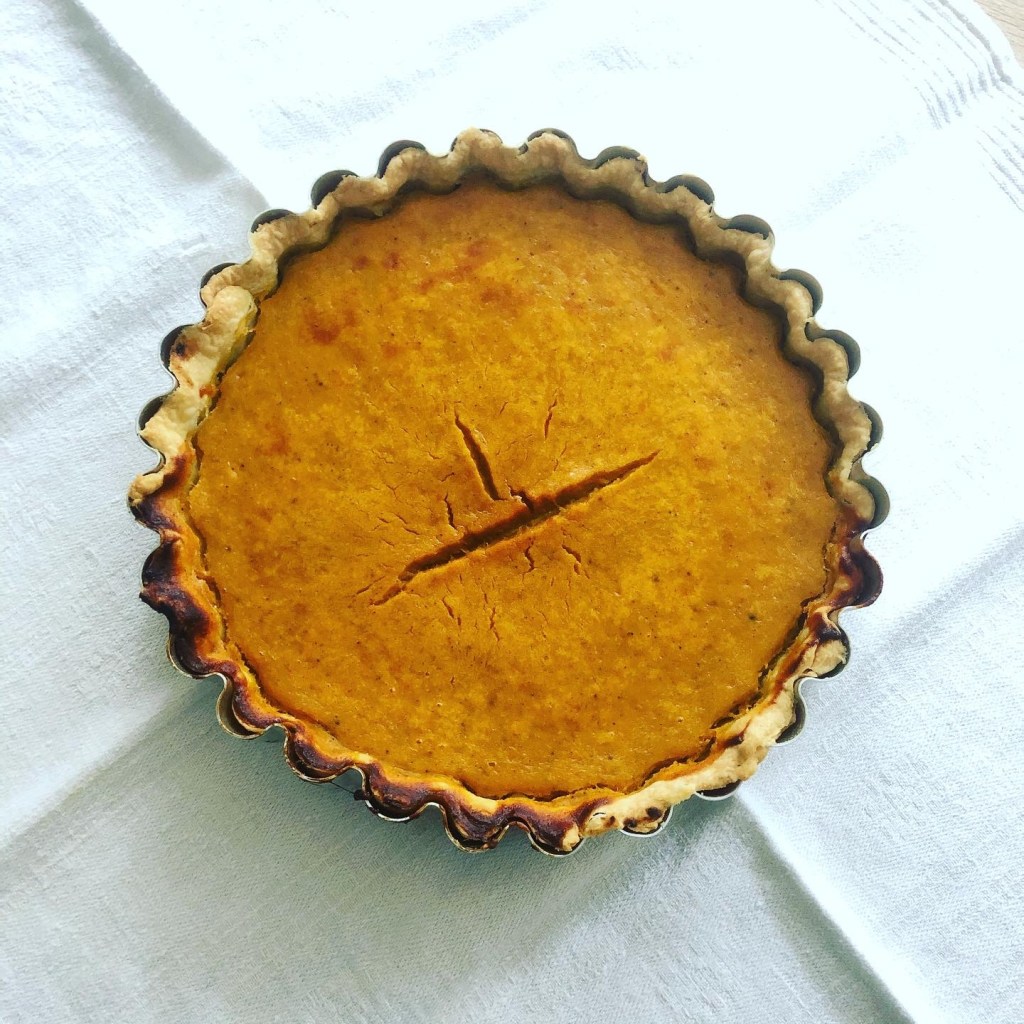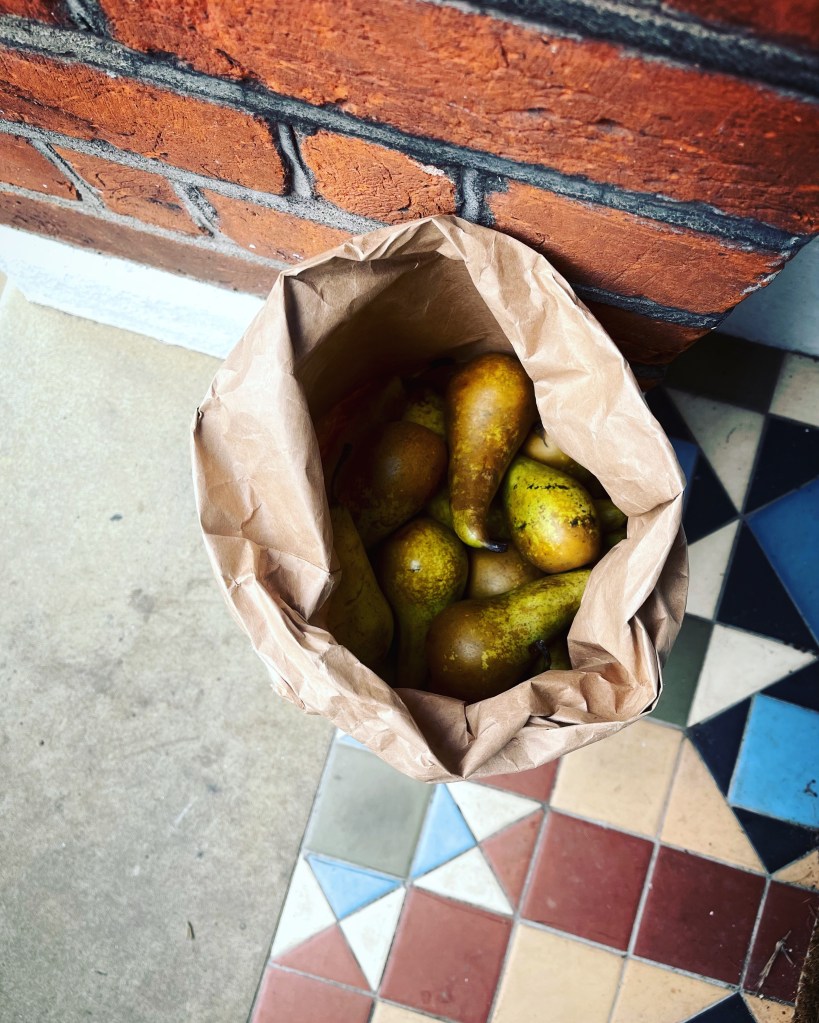
This week is Thanksgiving, and I have already made cranberry sauce!
Thanksgiving in London isn’t the same. Here, of course, it’s a regular week work/school day, and, more crucially, so is Friday. Living in New York I came to appreciate this time out — outside time — holiday. For four days, everything stops. In London the celebration wedges in between busy schedules as usual. Still, I love this tradition, unique in its celebration of food and togetherness and nothing else. We’ve attempted moving it to the weekend and were sternly rebuffed, ‘it’s not Thanksgiving, it’s just another dinner.’ Which, I must admit, is kinda true.
Our menu varies only slightly from year to year. I understand the temptation to change and imagine new things, but I have become attached to this version of the meal, developed over the years, with only slight tweaks. It anchors and pulls me back to New York, which, without being sentimental, really were the best days of Thanksgiving.

Our basic Thanksgiving menu
I often decide to add things at the last minute, but these are indispensable
Heritage turkey with apple chestnut stuffing (deliciously and accidentally gluten-free!)
Roasted carrots
Celeriac mash with parsley
Sautéed hen of the woods mushrooms
Cranberry sauce
I cook all the savoury parts of dinner, and we ask each guest to bring dessert. The surfeit of sweets is a great way to revive a party that may have become drowsy from all the food. While just one or two pies might be picked at halfheartedly, a table of desserts rekindles the party.
So we have a smorgasbord of pies, cakes, and desserts, brought by our friends. Can’t resist one or two contributions though, probably:
The best, award-winning pumpkin pie usually made by Balthasar
and David Tanis’ cranberry curd tart made by Thomas













